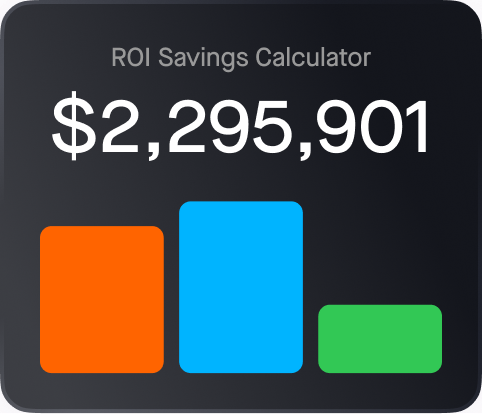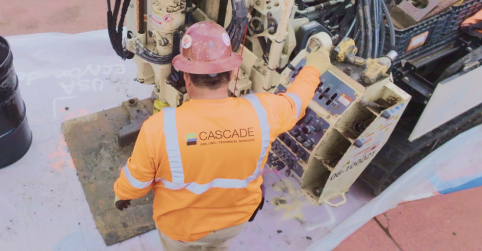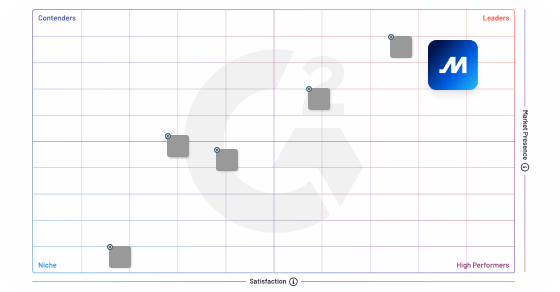Do airlines wait until the engine fails midflight to do repairs or replacements? Obviously not. Why do transportation fleets?
Fleet management has always been a balancing act of managing vehicles, drivers, routes, and costs. One area that has seen more interest in recent years is preventive maintenance, a technology-driven approach to identifying potential vehicle issues before they become costly breakdowns. This saves time and money but also keeps fleet operations running smoothly, reducing downtime and improving efficiency.
Preventive maintenance is a game-changer. By harnessing real-time data and analytics, fleet management can anticipate mechanical issues, optimize vehicle performance, and make more informed decisions that impact the bottom line. Let’s talk about how preventive maintenance works and why it’s a critical component of modern fleet management.
The role of preventive maintenance in fleet management
Traditional fleet maintenance often relies on reactive measures, meaning fleet managers fix issues only when something breaks or malfunctions. While scheduled preventive maintenance helps address certain problems before they occur, it still relies on fixed intervals, which may not account for actual wear and tear or unexpected issues. Preventive maintenance, on the other hand, uses real-time data and advanced analytics to forecast when and where a problem might occur, allowing fleets to address it before it leads to a breakdown.
By analyzing data from vehicle diagnostics, telematics, and maintenance records, preventive maintenance identifies patterns of degradation, instantly alerts fleet managers about potential issues, and suggests preventive action. For instance, rather than waiting for an engine to overheat on the road, preventive maintenance can detect early signs of cooling system wear and tear and recommend servicing before it becomes a critical failure.
Benefits of preventive maintenance for fleet efficiency
Cost savings through early detection
One of the most significant benefits of preventive maintenance is cost savings. Repairing a vehicle after a breakdown can be expensive, both in terms of parts and labor. Additionally, the indirect costs such as vehicle downtime, delayed delivery, or the need to rent replacement vehicles can add up quickly. Preventive maintenance helps avoid these costs by catching potential problems early, allowing for cheaper, simpler fixes before major damage occurs.
Reduced downtime and increased vehicle availability
For fleets, time is money, and vehicle downtime directly affects profitability. By addressing mechanical issues proactively, preventive maintenance reduces the likelihood of unexpected breakdowns, keeping vehicles on the road and available for service. Scheduling maintenance during off-peak hours ensures that vehicles are ready when needed, improving overall fleet availability and minimizing disruption.
Improved safety and compliance
Driver safety is paramount in fleet management, and mechanical failures can lead to accidents, injuries, and legal issues. Preventive maintenance ensures that vehicles are always in optimal working condition, reducing the risk of failures that could compromise driver safety. By maintaining up-to-date vehicle inspections and servicing records, fleets can stay compliant with regulatory requirements, avoiding penalties, fines, and exposure to highway accidents.
Optimized maintenance scheduling
Preventive maintenance enables fleet managers to optimize maintenance schedules, ensuring that service tasks are performed only when necessary rather than sticking to rigid intervals. This flexibility prevents unnecessary maintenance, saving both time and resources while ensuring that critical repairs aren’t missed. Preventive maintenance allows fleet managers to manage maintenance tasks based on real-world conditions, such as mileage, engine hours, or driving behavior.
How Motive’s telematics system supports preventive maintenance
Motive is at the forefront of preventive maintenance technology, offering real-time diagnostics and comprehensive data analysis to fleet managers through telematics systems. Here’s how Motive lets fleets leverage preventive maintenance:
Real-time diagnostics and alerts
Motive continuously monitors vehicle performance by tracking metrics such as engine health, fuel efficiency, and more. When the system detects anomalies or signs of wear, it automatically alerts fleet managers to take action. Real-time monitoring allows for immediate intervention, preventing small issues from escalating into larger, more expensive problems.
Proactive maintenance scheduling
Motive allows fleet managers to set customized maintenance schedules based on real-time data, rather than relying solely on manufacturer-recommended intervals. By tracking vehicle usage patterns, mileage, and engine hours, Motive ensures that maintenance is performed at the optimal time for each vehicle. As a result, vehicle lifespan is extended and unnecessary maintenance is prevented, saving both time and money.
Improved safety and risk mitigation
With real-time insight into vehicle health, fleet managers can ensure that their vehicles are always operating safely. Preventive maintenance helps identify issues such as brake wear and tear and other malfunctions before they lead to accidents. By keeping vehicles in top condition, Motive enhances overall fleet safety and helps prevent costly litigation and reduce insurance claims that can result from accidents caused by mechanical failures.
A case for preventive maintenance
Preventive maintenance is no longer a luxury; it’s a necessity in today’s competitive fleet landscape. The ability to anticipate and address mechanical issues before they disrupt operations provides a significant advantage for fleet managers. With Motive, fleets can unlock the full potential of preventive maintenance, improving performance, cutting costs, and ensuring the safety of both drivers and vehicles.
By leveraging real-time data, fleet managers can transform their maintenance approach from reactive to proactive, resulting in smoother operations, reduced downtime, and a healthier bottom line. In a world where every minute and dollar count, preventive maintenance is the key to staying ahead of the competition.










